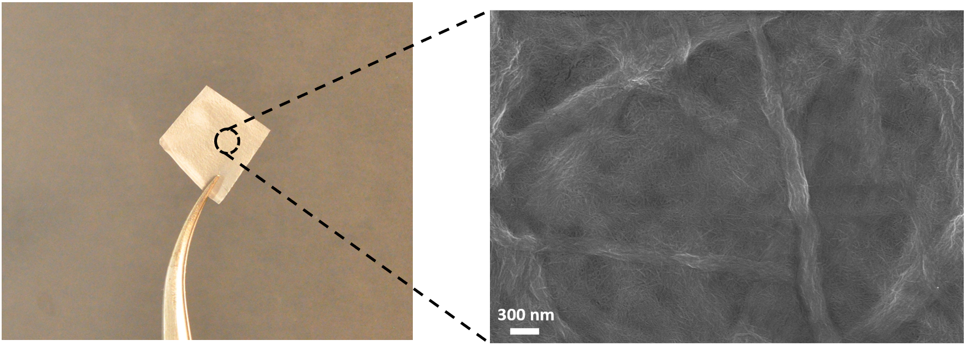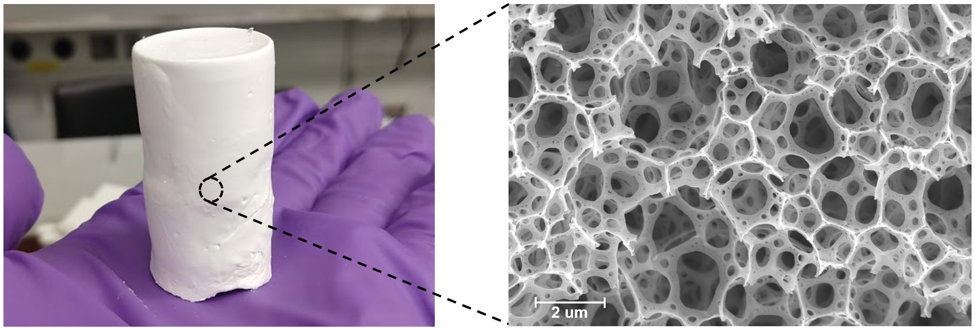With a rapidly growing population of 7.7 billion—projected to reach 9.6 billion by 2050—the lack of clean and accessible water is becoming an increasingly critical global concern. In the rowan lab, we focus on mitigating the negative externalities of physical water stress through development of robust polymeric materials for applications in emerging water purification technologies such as membrane based separations and electrosorption.
Current Projects
Cellulose nanocrystal (CNC) based composites are an established platform for water-based separations. By incorporating CNCs into polymeric matrices, the water flux through these membranes can be enhanced. In the Rowan Group, we work on developing one component nanocomposites for further enhancement of flux through these membranes. The selectivity of these materials can be tuned to remove different contaminants by modifying various aspects of the CNCs such as weight fraction of CNC, polymer molecular weight, and graft density.

Deforming liquid droplets within an emulsion into polyhedrons enabled by surfactant stabilization allows the droplets to fill defined spaces more efficiently, thereby creating a highly concentrated and stable emulsion. The resulting emulsion is referred to as a high internal phase emulsion (HIPE) wherein the internal phase composes > 74 vol%. Subsequent polymerization of the organic phase and drying to extract the internal phase results in a polymerized HIPE or poly(HIPE): A high specific surface area, open-cell and hierarchically porous polymer network comprised of macropores (>50 nm) interconnected by mesopores (2-50 nm) and micropores (<2 nm). Owing to these desirable properties, Poly(HIPE)s provide for a robust materials platform to explore globally relevant separations such as brackish water desalination, toxic ion sequestration and selective radionuclide uptake.
